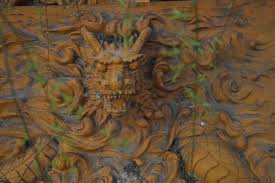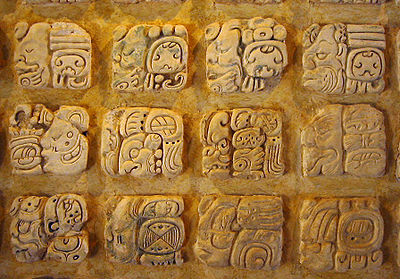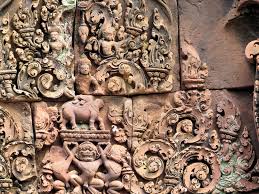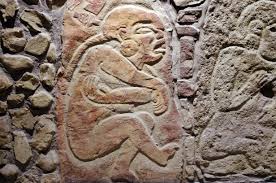Ancient Mayan Mythology-Spiritual Beliefs
Mayan mythology is division of Mesoamerican myths and comprises all of the Mayan tales in which incarnate forces of nature, deities, and the heroes interacting with these play the main roles. Other parts of Maya verbal tradition (such as animal tales and many moralizing stories) do not appropriately belong to the domain of mythology, but somewhat to fable and folk tale.

Maya mythology refers to the pre-Columbian Maya civilization's widespread polytheistic spiritual beliefs. These beliefs had most likely been long-established by the time the earliest-known distinctively Maya monuments had been built and inscriptions depicting their deities recorded, considerably pre-dating the 1st millennium BC.
Ancient Mayan Mythology-Gods
The earliest known images of Mesoamerican gods were shaped by the Olmec civilization of Mexico. Emerging after 1400 B.C., the Olmecs lived along the southern coast of the Gulf of Mexico for roughly a thousand years.

They built pyramids that were hallowed places where the human realm touched the dominion of the gods. They also carved mammoth stone heads as images of their leaders and created a long-distance trade network across Mesoamerica to attain valued items such as jade.
Ancient Mayan Mythology-Myths
The oldest written myths date from the 16th century and are found in chronological sources from the Guatemalan Highlands. The most noteworthy of these documents is the Popol Vuh or 'Book of the Council', which contains Quichean creation stories and some of the adventures of the Hero Twins, Hunahpu and Xbalanque.

The Quiché Maya foundation story is outlined in the Popol Vuh. This has the humankind created from nonentity by the will of the Maya pantheon of gods. Man was made unproductively out of mud and then wood previous to being made out of maize and being assigned errands which praised the gods silversmith, gem cutter, stone carver, potter, etc. Some argue this story adds credibility to the belief that the Maya did not believe in art per se; all of their works were for the exaltation of the gods.

After the formation story, the Popol Vuh tells of the struggles of the renowned hero twins, Hunahpu and Ixbalanque, in defeating the lords of Xibalba, the gangland. The twins descend into the underworld, perish, and are eventually miraculously reborn. This myth provides a allegory for the agricultural cycle and the annual rebirth of the crops. These two stories are focal points of Maya mythology and often found depicted in Maya art.
Ancient Mayan Mythology-Deities
Maya deities also had dualistic personality associating them with day or night, life or death. There were thirteen gods of the thirteen heavens of the Maya religion and nine gods of the nine underworlds. Between the upper worlds of the heavens and the underworlds of the night and death was the earthly plane which is often shown in Maya art as a two-headed caiman or a turtle lying in a great lake.

Natural rudiments, stars and planets, numbers, crops, days of the calendar and periods of time all had their own gods. The gods' characters, malevolence or benevolence, and relations changed according to the days in the Maya calendar or the positions of the sun, moon, Venus, and the stars.
|







